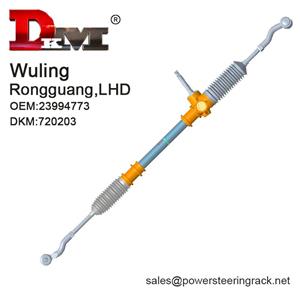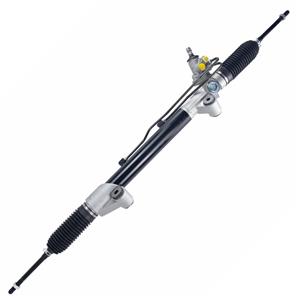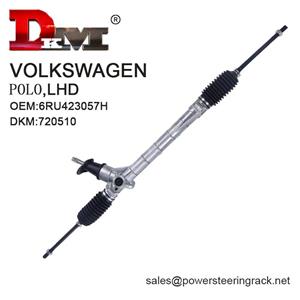How to reduce the steering ratio of rack and pinion gear?
In automotive engineering, the steering ratio refers to the ratio between the angle the driver turns the steering wheel and the actual steering angle of the wheel. The steering ratio directly affects the vehicle's handling performance and driving experience. For the rack and pinion gear steering system, reducing the steering ratio means reducing the amount of steering wheel rotation, thereby improving the vehicle's responsiveness and sensitivity.
This adjustment is particularly important in racing cars, high-performance vehicles and some special applications, but it may also bring some potential side effects. This article will explore how to reduce the steering ratio of rack and pinion gear from the aspects of technical principles, adjustment methods, advantages and disadvantages analysis, and help readers better understand the impact of this adjustment on the driving experience.
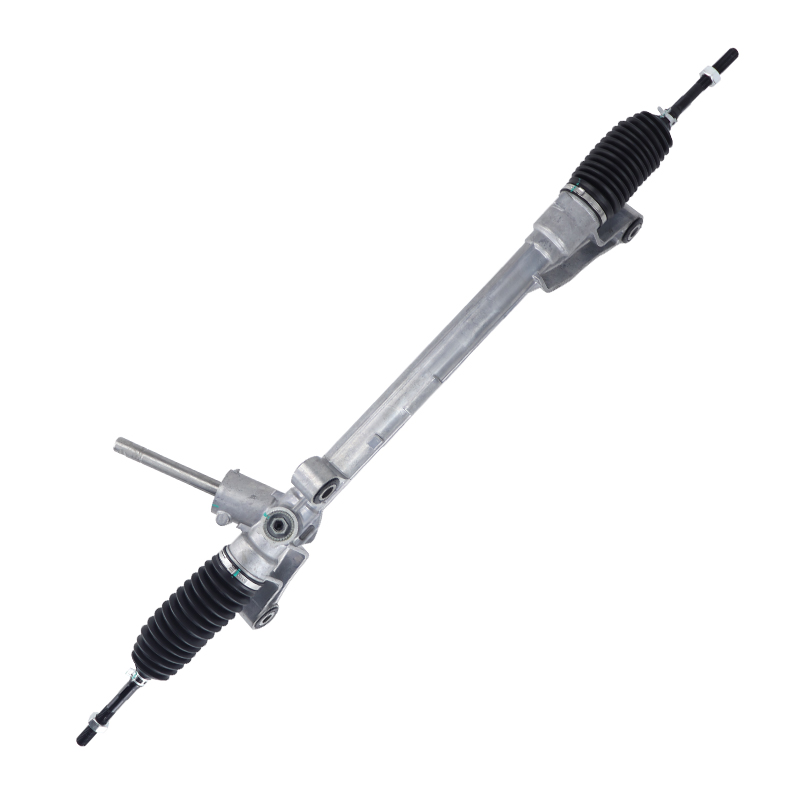
What is the principle of the rack and pinion gear steering system?
The rack and pinion gear steering system is the most common steering mechanism in modern cars. It has a simple structure, low cost and high efficiency. The core components of the system include a pinion (or gear column) on the steering wheel shaft and a rack that moves in a straight line. When the steering wheel rotates, the pinion drives the rack to move in a straight line, thereby achieving wheel steering through a linkage mechanism.
In this process, the steering ratio is determined by the following factors:
● Rack and pinion gear gear ratio: The ratio of the number of teeth on the gear to the number of teeth per unit length of the rack directly affects the steering ratio.
● Steering wheel and gear ratio: The angle change of the steering wheel shaft is transmitted to the rack through the gear.
● Rack travel and wheel angle: The ratio between the moving distance of the rack and the actual steering angle of the wheel.
Reducing the steering ratio means that each unit rotation angle of the steering wheel will drive the rack to move a greater distance, thereby enabling the wheel to achieve a greater steering angle.

What are the methods to reduce the steering ratio of rack and pinion gear?
In actual operation, reducing the steering ratio of rack and pinion gear can be achieved through the following methods:
1. Change the tooth shape design of rack and pinion gear
The gear ratio of rack and pinion gear is one of the key factors determining the steering ratio. By adjusting the tooth shape design of rack and pinion gear, a lower steering ratio can be achieved. For example:
● Reduce the number of teeth on the gear: If the number of teeth on the gear is reduced and the pitch of the rack remains the same, each rotation of the gear will drive the rack to move a greater distance, thereby reducing the steering ratio.
● Increase the pitch of the rack: By increasing the pitch of the teeth on the rack, the rack can be moved farther when the gear rotates the same angle.
This method requires redesigning and machining the rack and pinion gear components, so it is suitable for implementation in new vehicle development or custom modifications.
2. Use a variable steering ratio rack
Some high-performance vehicles and luxury models use a variable steering ratio rack. This rack has a different pitch in different areas, usually with a smaller pitch in the middle and a larger pitch near the ends. This design can provide a more sensitive steering response at low vehicle speeds while maintaining steering stability at high speeds.
Retrofitting existing vehicles to install a variable steering ratio rack is a feasible way to reduce the steering ratio, but this modification requires high technical support and custom parts.
3. Shorten the gear ratio between the steering wheel and the pinion column
The steering wheel is connected to the pinion column through the steering shaft. Shortening the gear ratio between the steering wheel and the pinion column can reduce the amplification effect of the steering wheel rotation angle on the rack movement. This is usually achieved by using a specially designed steering column gear or an additional gear set.
This method does not require direct changes to the rack and pinion gear itself, and is suitable for vehicles that do not want to make major changes to the core components of the steering system.
4. Upgrade to a more advanced steering power system
In some electric power steering (EPS) or hydraulic power steering (HPS) systems, the effect of reducing the steering ratio can be indirectly achieved by adjusting the parameters of the power steering system. For example, the direct driving force of the power steering system on the rack can be increased by software control to reduce the angle required for steering wheel input.
Although this method is not a true mechanical adjustment, it can significantly reduce the driver's control difficulty in terms of perception.
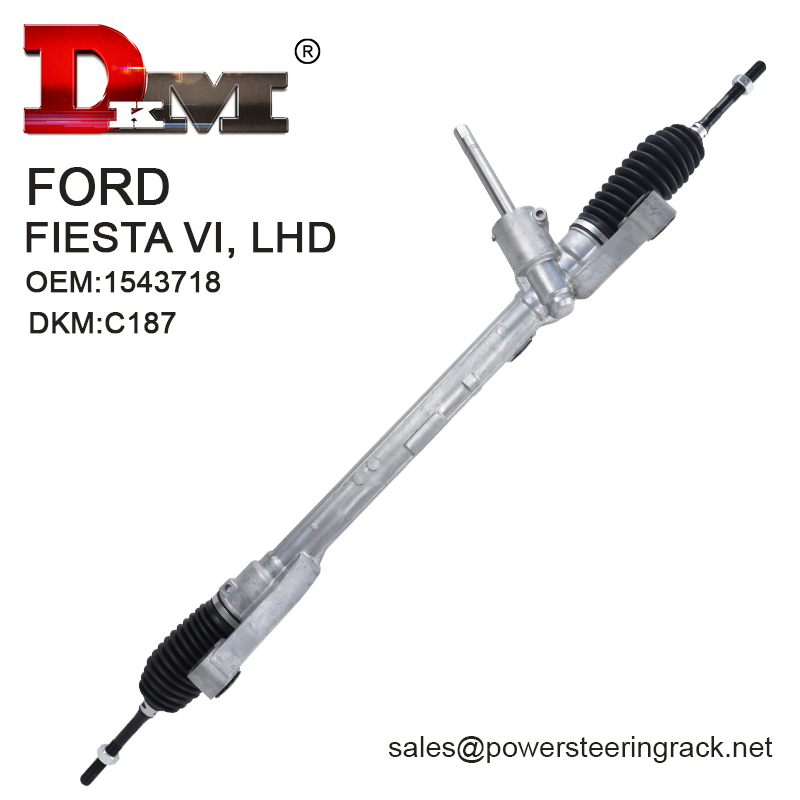
What are the advantages of reducing the steering ratio of the rack and pinion gear?
Adjusting the steering ratio can bring the driver a more direct and sensitive steering experience, which has obvious advantages in specific scenarios:
1. Improve control sensitivity
A low steering ratio means that the vehicle will respond quickly when the driver turns the steering wheel. This is especially important when driving at high speeds or in scenarios that require quick turns, such as racing. Sensitive steering can improve the driver's control and driving pleasure.
2. Reduce driving fatigue
Reducing the steering ratio can reduce the driver's turning range when turning the steering wheel, especially when maneuvering the vehicle in narrow sections or parking lots. The reduced range of motion can significantly reduce driving fatigue.
3. Improve vehicle turning performance
With more direct steering control, the vehicle can complete large-angle turns within a smaller steering wheel rotation range, which is very beneficial for driving environments that require frequent turns, such as city streets or mountain roads.
What are the disadvantages of reducing the rack and pinion gear steering ratio?
Although reducing the rack and pinion gear steering ratio brings many advantages, this adjustment may also bring some problems that cannot be ignored:
1. Reduced steering stability
A rack and pinion gear steering ratio that is too low may cause the vehicle to become too sensitive at high speeds, and a slight steering wheel movement may cause a significant front deflection. This situation may increase driving difficulty and may cause the vehicle to become unstable at high speeds.
2. Increased mechanical stress
A lower steering ratio means that the rack and pinion gear needs to bear a greater mechanical load. This may accelerate component wear and shorten the service life of the system, especially when the vehicle is frequently turned or impacted.
3. Not suitable for ordinary drivers
For some inexperienced drivers, a low steering ratio may make the vehicle's handling difficult to control, especially in an emergency, and may lose control of the vehicle due to oversteering.
4. High modification cost
Reducing the rack and pinion gear steering ratio usually requires replacing or adjusting key components of the existing steering system, which may involve complex machining and parts procurement. In addition, these modifications need to be completed by professional technicians and are relatively expensive.
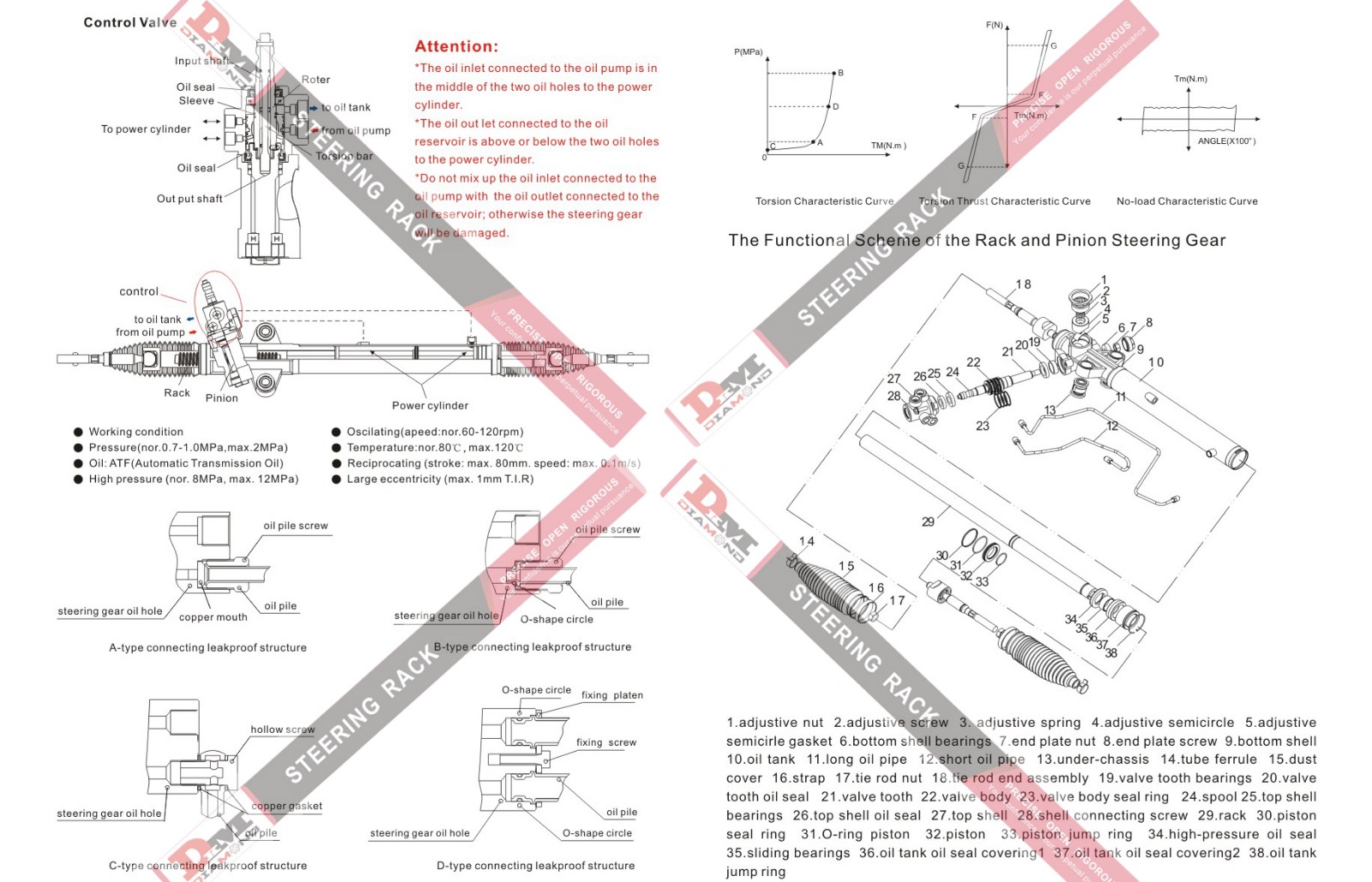
In which scenarios do you need to reduce the rack and pinion gear steering ratio?
Reducing the steering ratio of the rack and pinion gear is not suitable for all vehicles or driving environments. Here are some applicable scenarios:
● Racing and high-performance vehicles: In racing and high-performance vehicles, the sensitivity of the steering is crucial to driving performance. Reducing the steering ratio can help the driver react faster and improve driving efficiency.
● Specific working condition vehicles: Special vehicles such as forklifts and tractors require sensitive steering in certain working conditions to improve operating efficiency.
● Urban commuter vehicles: Some car owners want to have an easier parking and U-turn experience in urban driving, and appropriately reducing the steering ratio can achieve this goal.
Affordable Power Steering Systems for Global Clients
For over two decades, Guangdong Diamond Auto Parts Co., Ltd. (DKM) has been a trusted supplier of power steering gears to the global automotive market. Our products serve major car manufacturers in regions including North America, Europe, and Southeast Asia. We specialize in providing affordable steering solutions for vehicles like Toyota, Honda, and Mitsubishi, ensuring that customers receive the best quality at the most competitive prices.

